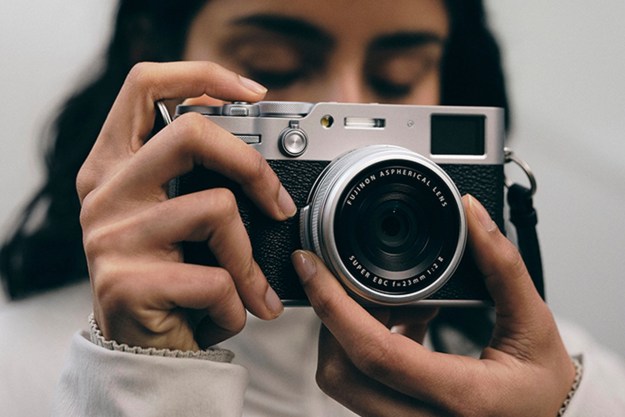That’s not the case any longer though, thanks to an interesting little contraption called the Icelava. Created by Taiwanese manufacturer STC Optical Co. Ltd., this lens filter acts as an all-in-one color temperature setting, letting you adjust by hand how warm or cool your image is with a little twist.
It works much like variable ND filters, which you can rotate to let more or less light into the camera lens. Rather than adjusting how much light is let in though, the Icelava instead changes the color temperature of the image via tactile means.
In a world where adjusting color temperature is a single click away in post-production, the Icelava might seem a bit counter-intuitive, but if you prefer a tactile aspect to your photography or just want a little more creative control in-camera, it’s a novel tool to get the job done.
The filter is constructed of 5mm thick German Schott B270 optical crown glass and offers the same light transmission rate as an ND4 filter, which means you’ll have to let four times the amount of light in as you would otherwise.
For example, if a proper exposure of a scene without the filter called for a shutter speed of 1/4,000th of a second, having this filter on it would require you to shoot at 1/1,000th of a second. Likewise, you could let more light in by bumping up the ISO, opening up the aperture, or any combination of the above.

According to its creators, the Icelava is capable of controlling the color balance between 2,900-6,300K, an impressive range considering all it takes is a flick of the wrist.
Currently, the Icelava Warm-to-Cold Fader is available for 58mm, 67mm, 72mm, 77mm, 82mm lenses. It comes at a price though. Currently, it’s only being sold in Taiwan and sells for roughly $130.




